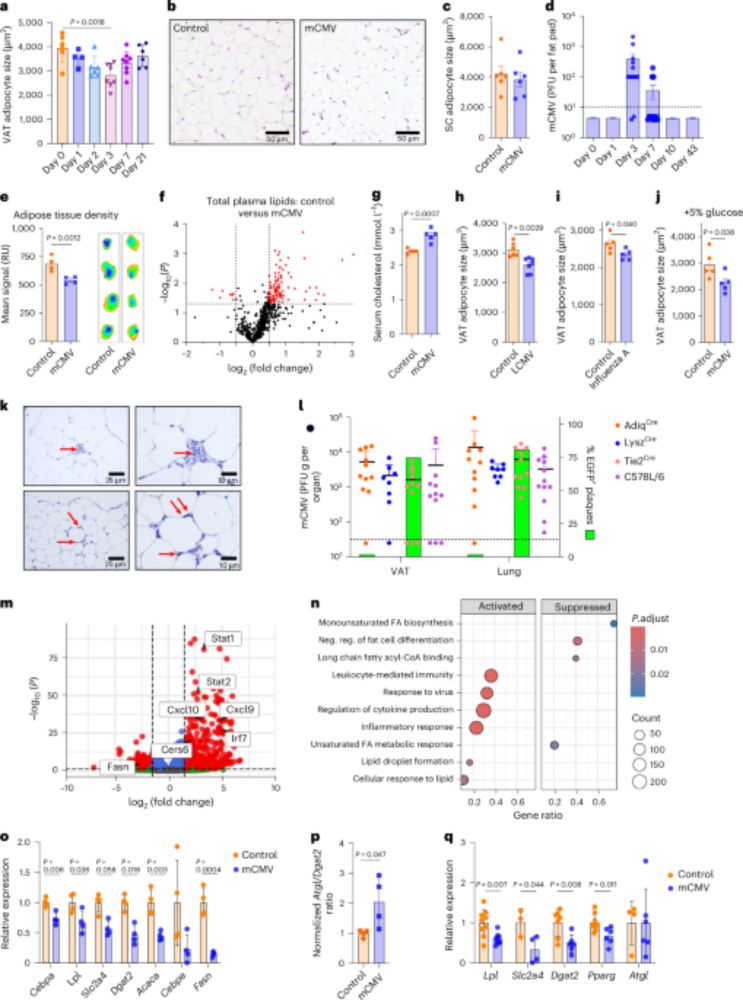
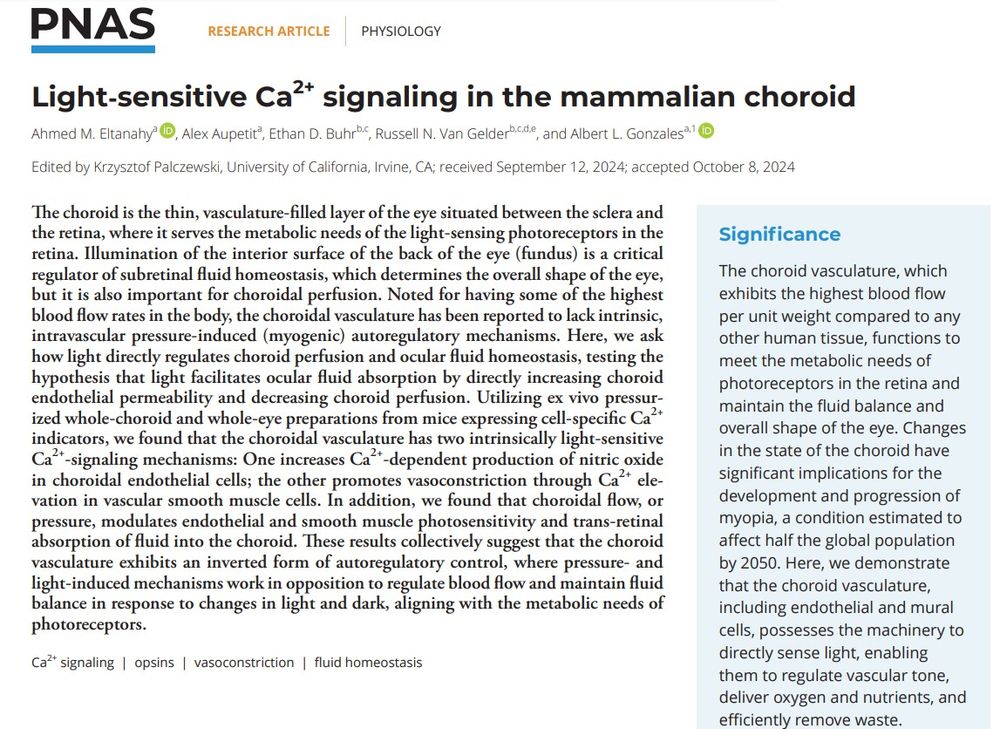
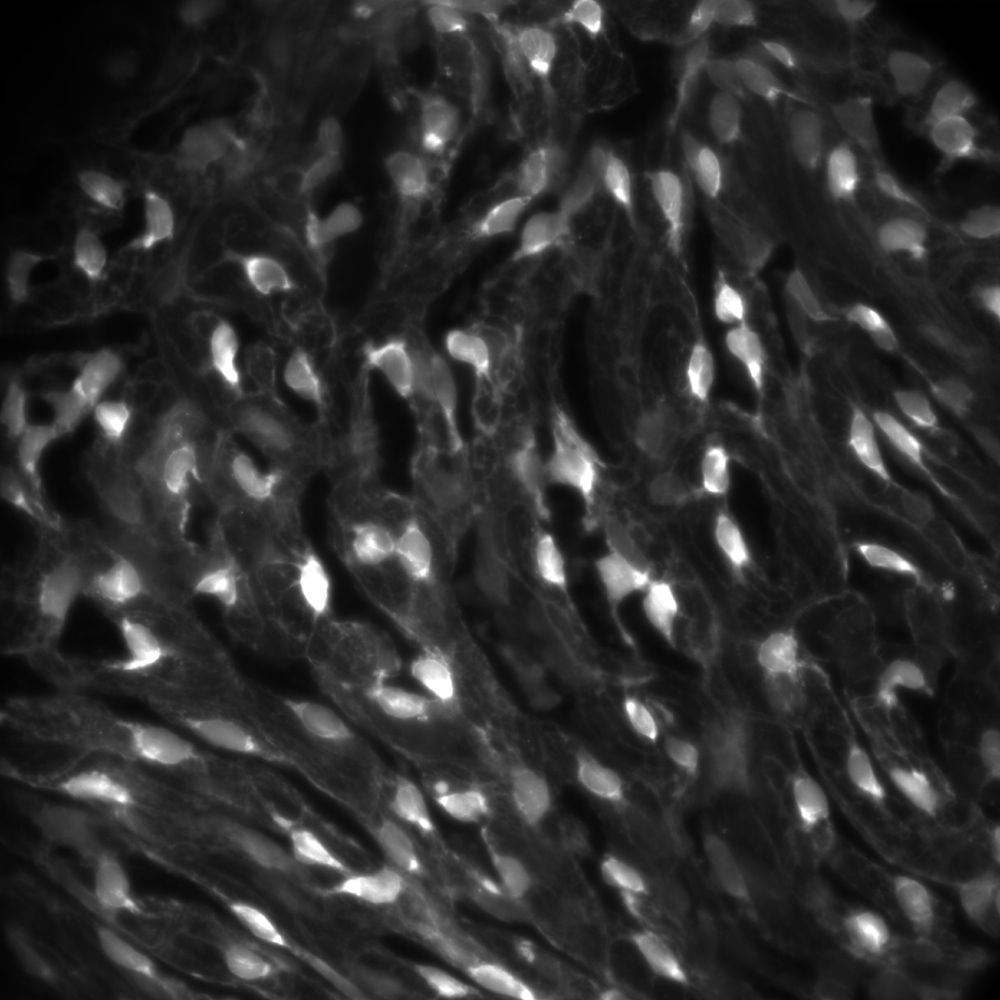
#Choriocapillaris is intrinsically sensitive to light, endowed with #Opsins, a mechanism that we show is necessary for ocular physiology and the mysterious #choroid. t.co/TcxDuuS30O
REVIEW | Exploring pancreatic beta-cell subgroups and their connectivity
G Rutter, @bennyscience.bsky.social et al
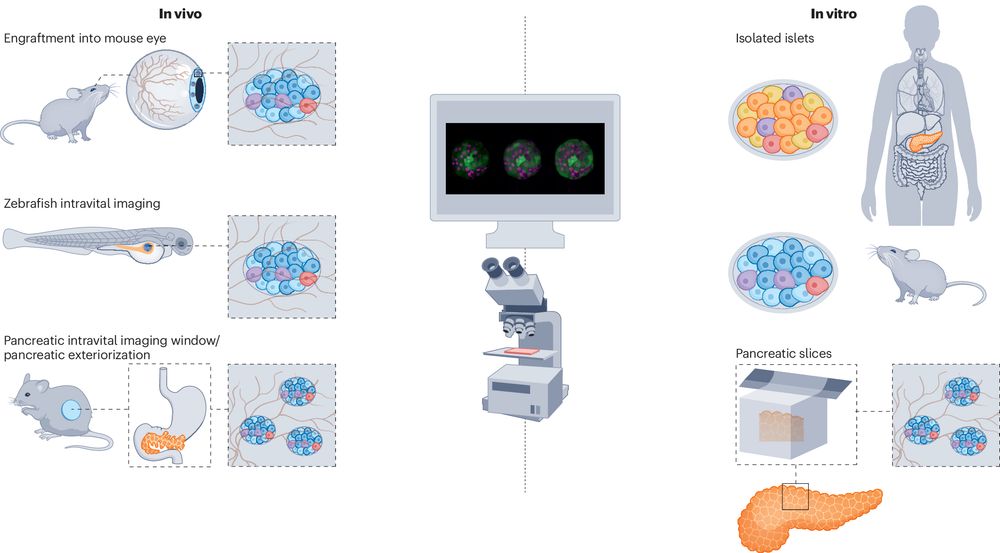
REVIEW | Exploring pancreatic beta-cell subgroups and their connectivity
G Rutter, @bennyscience.bsky.social et al
All publicly available. Looks like an amazing new histology-based human probabilistic atlas and parcellation tool.
#neuroskyence #mri #brainmapping
A probabilistic histological atlas of the human brain for MRI segmentation | Nature share.google/5AD0iW7pxgb4...

All publicly available. Looks like an amazing new histology-based human probabilistic atlas and parcellation tool.
#neuroskyence #mri #brainmapping
A probabilistic histological atlas of the human brain for MRI segmentation | Nature share.google/5AD0iW7pxgb4...
www.nature.com/articles/s41...

www.nature.com/articles/s41...
Our new study in
@cp-immunity.bsky.social
offers some hints.
cell.com/immunity/ful...
Thanks and congratulations to all contributors

Our new study in
@cp-immunity.bsky.social
offers some hints.
cell.com/immunity/ful...
Thanks and congratulations to all contributors
@julie.buron.bsky.social @inmed.bsky.social @insermpacacorse.bsky.social [email protected]
www.nature.com/articles/s41...

@julie.buron.bsky.social @inmed.bsky.social @insermpacacorse.bsky.social [email protected]
www.nature.com/articles/s41...
www.nature.com/articles/s41...

www.nature.com/articles/s41...
COMMENT | A brief guide to statistical analysis of grouped data in preclinical research
@colbyvorland.bsky.social
L Golzarri-Arroyo
DB Allison

COMMENT | A brief guide to statistical analysis of grouped data in preclinical research
@colbyvorland.bsky.social
L Golzarri-Arroyo
DB Allison

COMMENT | Metabolites are not genes — avoiding the misuse of pathway analysis in metabolomics
KS Lee, X Su & T Huan

COMMENT | Metabolites are not genes — avoiding the misuse of pathway analysis in metabolomics
KS Lee, X Su & T Huan
This looks super cool; by @jtheriault.bsky.social
By the way congrats really!

This looks super cool; by @jtheriault.bsky.social
By the way congrats really!
#Immunology #Neuroimmunology

#Immunology #Neuroimmunology
advanced.onlinelibrary.wiley.com/doi/10.1002/...
#neuroskyence #devbio 🧪
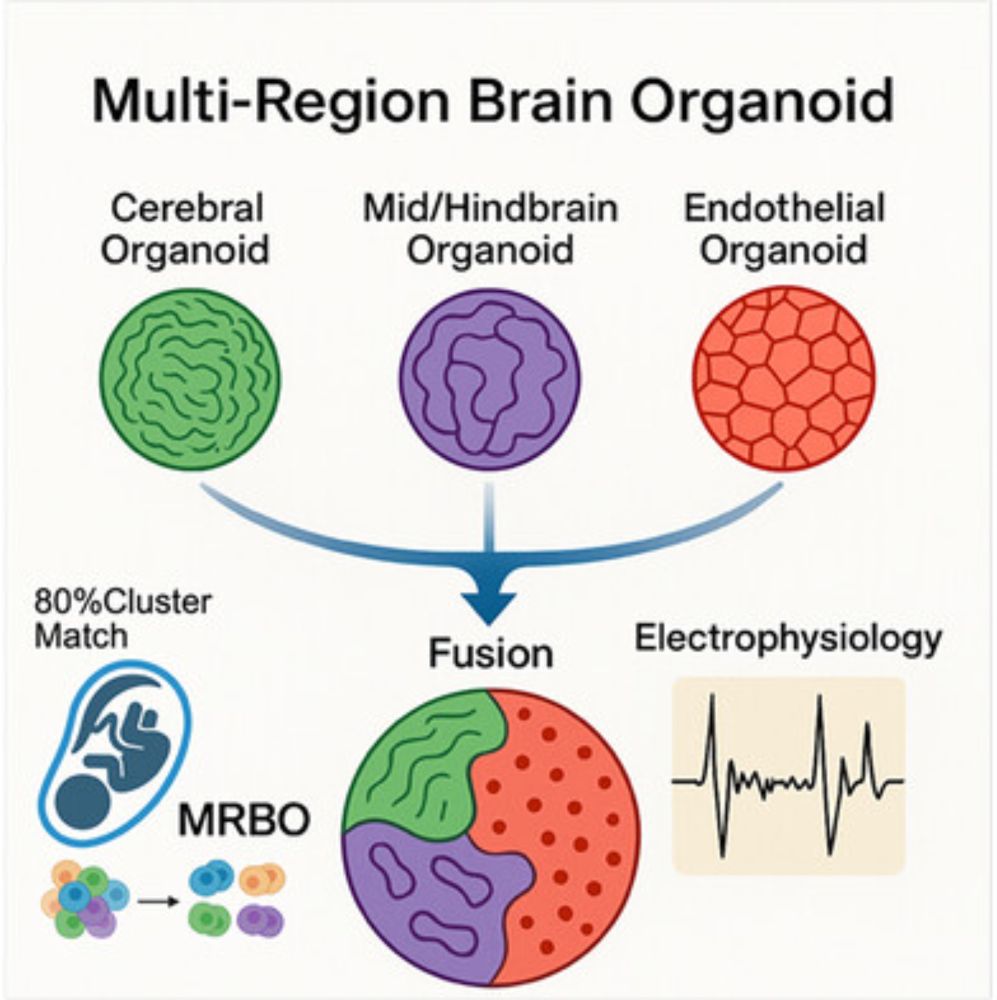
advanced.onlinelibrary.wiley.com/doi/10.1002/...
#neuroskyence #devbio 🧪
a great not-to-miss piece from the @lyssiotislab.bsky.social
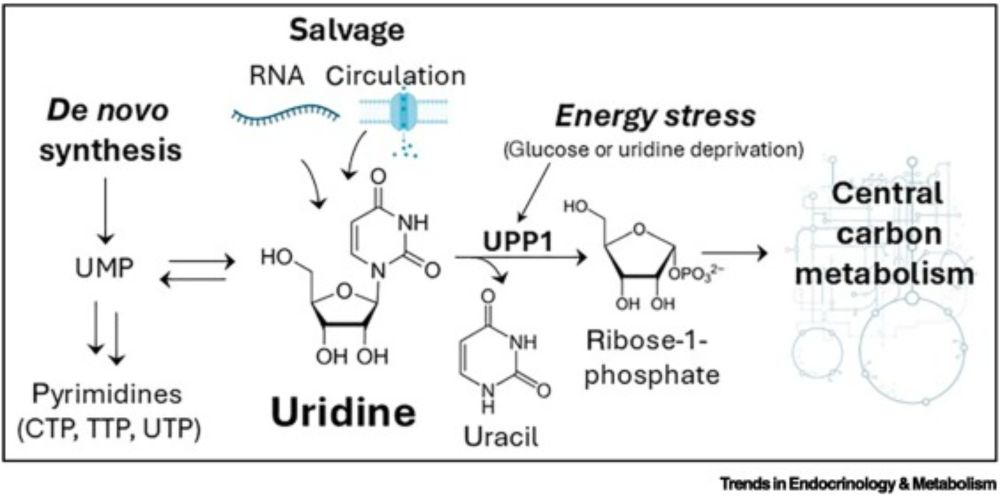
a great not-to-miss piece from the @lyssiotislab.bsky.social


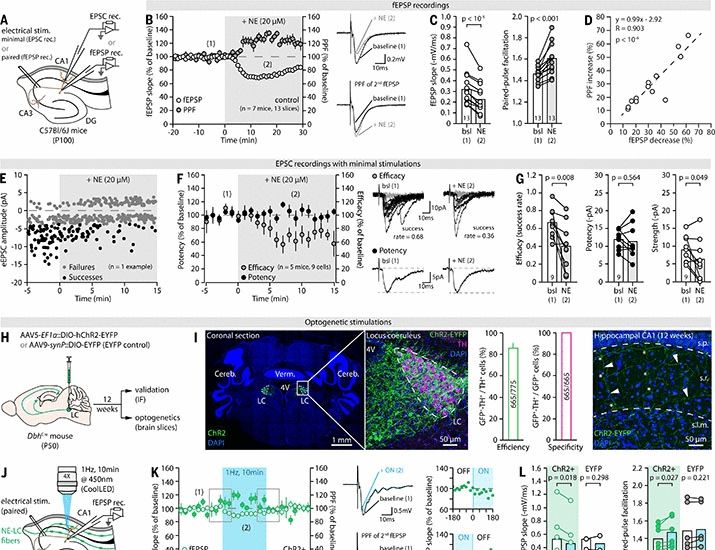
👉 Read more here: www.mightexbio.com/light-sensit...
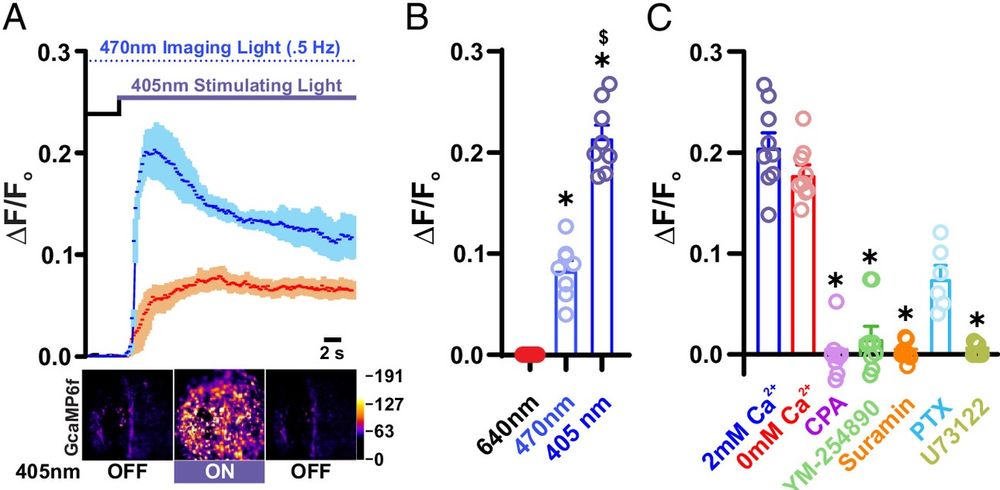
👉 Read more here: www.mightexbio.com/light-sensit...
www.nature.com/articles/s41...
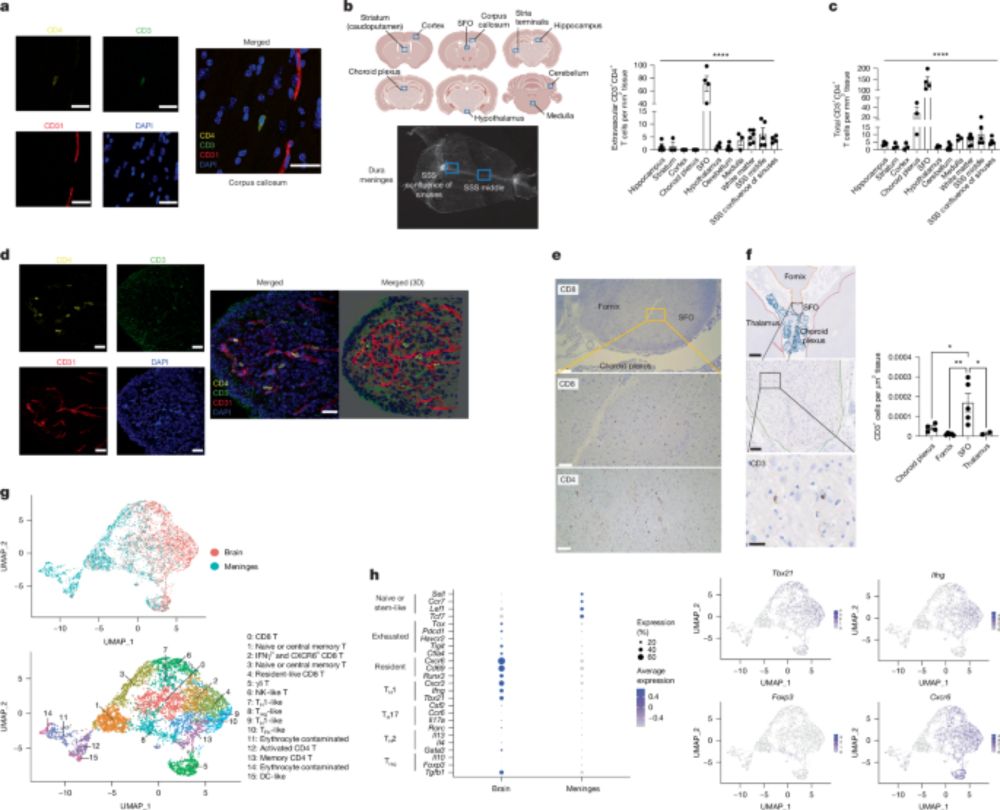
www.nature.com/articles/s41...
rdcu.be/eoaSY

rdcu.be/eoaSY

🔥 Our new Science paper shows chronic inflammation activates a cytokine-sensing brain circuit that lowers motivation. Huge team effort: Aelita Zhu, Sarah Starosta, Pignatelli & Janowitz labs! 🧵
🔗 doi.org/10.1126/scie...

🔥 Our new Science paper shows chronic inflammation activates a cytokine-sensing brain circuit that lowers motivation. Huge team effort: Aelita Zhu, Sarah Starosta, Pignatelli & Janowitz labs! 🧵
🔗 doi.org/10.1126/scie...
Wonder if these NSCs exist in humans & can show similar therapeutic potential
www.nature.com/articles/s41...
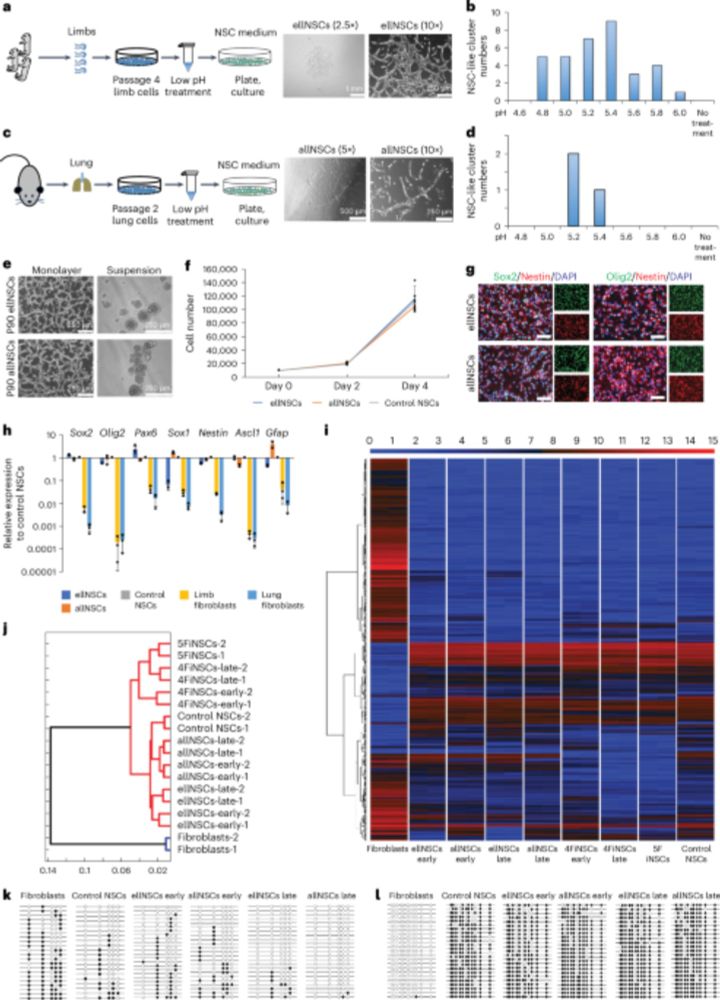
Wonder if these NSCs exist in humans & can show similar therapeutic potential
www.nature.com/articles/s41...
